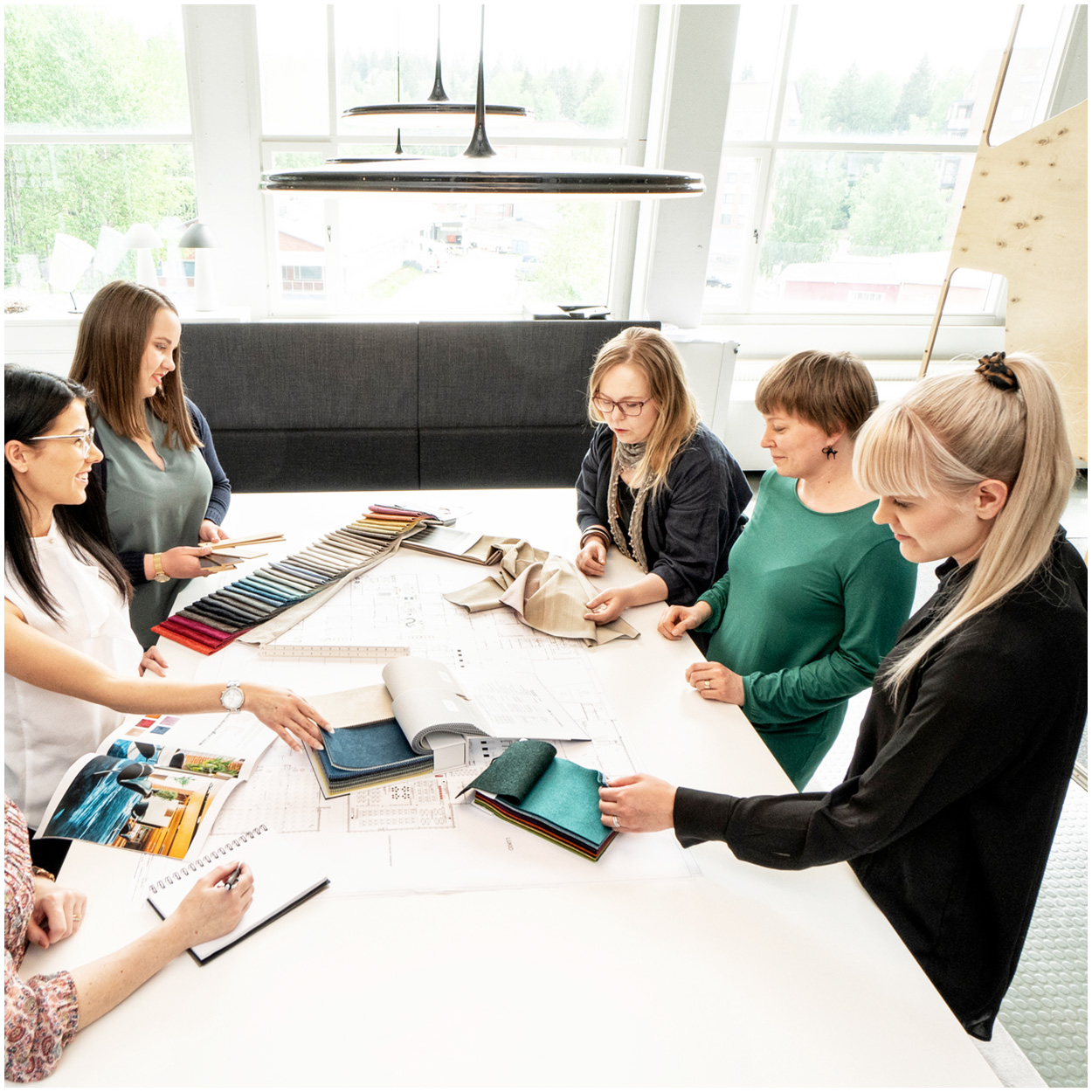The Role of Furniture in Learning Environments
Furniture in educational spaces plays a pivotal role in shaping the learning experience. Well-designed furniture not only enhances the aesthetics of a classroom but also significantly impacts student engagement and academic performance. For decision-makers in schools and educational institutions, it is crucial to consider how furniture design can support and inspire learning. At ISKU, we believe that the right furniture solutions can transform traditional classrooms into dynamic, flexible learning environments that cater to diverse educational needs.
How does furniture impact student engagement and learning outcomes?
Ergonomically designed furniture is key to improving student focus and reducing discomfort. When students are comfortable, they are more likely to participate actively in class activities. For instance, ergonomic classroom chairs and tables help maintain proper posture, reducing fatigue and allowing students to concentrate for longer periods. Studies have shown a direct correlation between well-designed furniture and improved academic performance, highlighting the importance of investing in the best school furniture.
Innovative classroom furniture solutions also play a crucial role in fostering student engagement. Movable and customizable furniture allows for quick reconfiguration of learning spaces, promoting collaboration and interaction among students. This flexibility is essential in adapting to different teaching methods and learning activities, ensuring that the furniture supports rather than hinders educational goals.
What are the key considerations for selecting furniture in educational spaces?
Choosing the right furniture involves considering several factors, including flexibility, durability, and adaptability to various learning styles. School decision-makers should seek ergonomic school furniture that can withstand the rigors of daily use while providing comfort and support. Durable materials ensure longevity, making them a worthwhile investment for educational institutions.
Flexibility is another crucial factor, as it allows classrooms to be reconfigured to support different teaching methods, such as group work, individual study, or teacher-led instruction. Movable classroom furniture facilitates this adaptability, making it easier to create inspiring learning environments that cater to diverse educational needs.
How can furniture design adapt to evolving educational needs?
As educational trends evolve, so too must the design of classroom furniture. Modern learning environments emphasize collaboration, technology integration, and active learning. Innovative school furniture solutions, such as those offered by ISKU, are designed to meet these evolving needs. Our ergonomic student chairs and tables can be easily rearranged to accommodate collaborative learning setups or individual workspaces.
Moreover, customizable furniture solutions allow schools to tailor their learning environments to specific educational goals. By choosing furniture that adapts to the changing needs of students and educators, institutions can create spaces that inspire creativity, critical thinking, and problem-solving skills.
What role does sustainable furniture play in educational environments?
Sustainability is an increasingly important consideration in furniture selection for educational spaces. Eco-friendly materials and practices not only align with institutional values but also contribute to a healthier learning environment. At ISKU, we are committed to sustainable development, ensuring that our ergonomic classroom furniture is produced responsibly.
Choosing sustainable furniture solutions helps schools reduce their environmental impact while providing safe and healthy spaces for students. By prioritizing sustainability, educational institutions can demonstrate their commitment to social and environmental responsibility, setting a positive example for students and the community.
Conclusion
In summary, furniture plays a critical role in enhancing learning environments. From improving student engagement and academic performance to adapting to evolving educational needs, the right furniture solutions can transform classrooms into dynamic, inspiring spaces. Decision-makers in schools and educational institutions should consider ergonomic, flexible, and sustainable options when selecting furniture to support their educational goals. At ISKU, we are dedicated to providing innovative school furniture solutions that enhance the learning experience for students and educators alike. We invite you to join us on this journey to create learning environments that inspire and empower.


